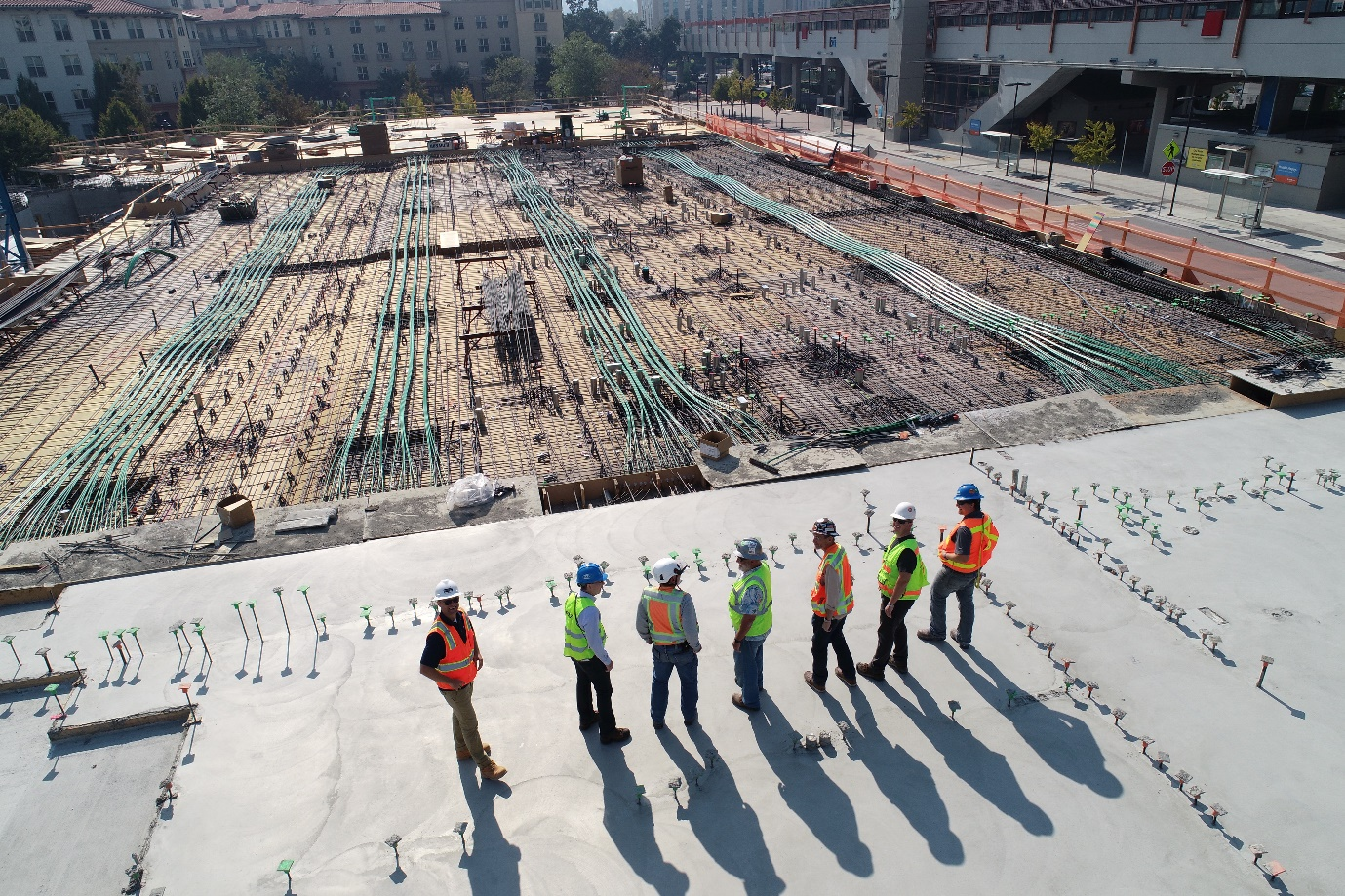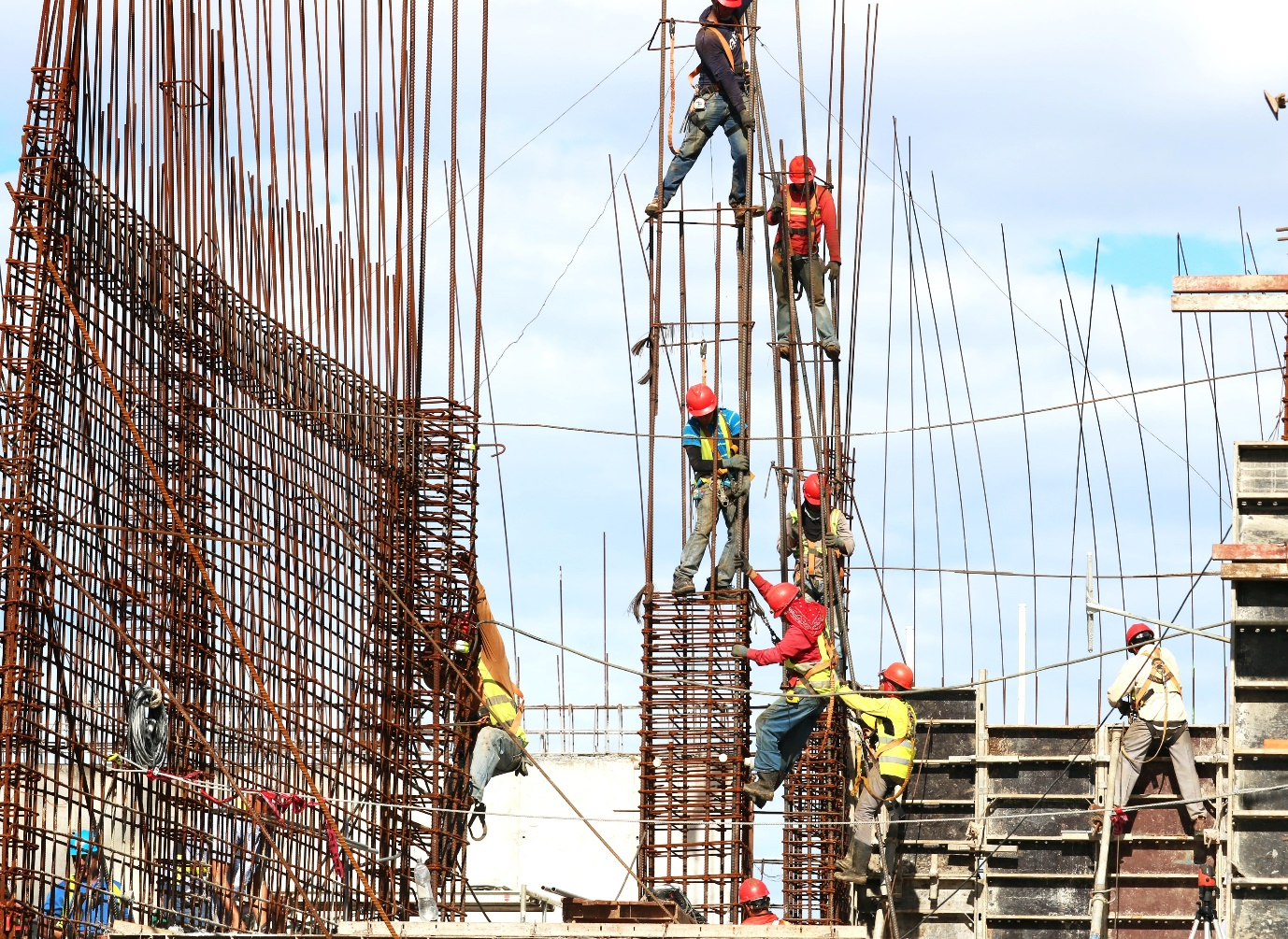Construction sites are incredibly dangerous, especially if the proper safety and security measures need to be taken. From hazardous materials to malfunctioning equipment, the risks and hazards of construction sites are numerous and can lead to severe injury or even death.
For those working in the construction industry, knowing the most common construction site risks and hazards is essential. This guide will walk you through the most common construction site risks and hazards and ways to mitigate or prevent them.
Top Risks and Hazards in Construction Sites
There are a variety of risks and hazards present on construction sites. Some of the most common risks and hazards include:
Slips, Trips, and Falls
Slips, trips, and falls are the most common construction site risks and hazards. Several potential hazards can lead to slips, trips, and falls, including:
- Wet or oily surfaces
- Uneven surfaces
- Objects in the path of travel
- Poorly lit areas
To help prevent slips, trips, and falls at a construction site, it is important to:
- Keep walkways clean and free of debris.
- Remove spills promptly and dry wet areas.
- Mark any changes in elevation with warning signs or tape.
- Ensure that all walkways are well-lit.
Working At Height
Working at height is one of the most common construction site risks and hazards. Falls from heights are the leading cause of fatal injuries in the construction industry. To prevent these accidents, it is important to follow some basic safety rules when working at height.
The first rule is always to use a ladder or scaffold when working at height. If you must work on a roof, ensure that the area is well-secured and that you use proper safety equipment. Never try to reach something by standing on an unstable surface.
Another important rule is to work with others when working at height. Make sure there is always someone else around in case you fall or need help. Wear a safety harness when working at height is also a good idea. This will help to prevent serious injuries if you do fall.
Always be aware of your surroundings when working at height. Be sure to stay away from power lines and other hazards. If you need clarification on something, ask a supervisor for help.
Struck-By Incidents
Struck-by incidents are among the most common construction site risks and hazards. They can occur when falling objects strike workers or when they meet energized equipment or materials.
Struck-by incidents can be prevented by following some simple safety precautions. Workers should always wear appropriate personal protective equipment, such as hard hats and safety glasses.
They should also be aware of their surroundings and avoid working in areas with a risk of falling objects. Workers should stay clear of live electrical conductors when working with energized equipment.
Airborne & Material Exposure
Working on a construction site exposes workers to various risks and hazards. One of the most common dangers is airborne and material exposure.
Airborne particles, such as dust and asbestos, can cause serious respiratory problems. Construction workers are also at risk of being struck by falling objects or being exposed to harmful chemicals.
Moving Objects
Working around moving objects is another most construction site risk and hazard. Construction workers constantly move heavy equipment and materials around, creating hazardous conditions.
There are a few things you can do to stay safe when working around moving objects:
- Be always aware of your surroundings. Pay attention to where equipment and materials are being moved, and make sure you’re in the right place.
- Stay out of areas that are marked as hazardous. If an area of the construction site has been cordoned off or marked with warning signs, it’s best to stay clear.
- Wear proper safety gear. When working around moving objects, wearing protective clothing, including gloves, safety glasses, and a hard hat, is important.
Electrical Hazards
Electrical work can be extremely dangerous if proper safety precautions are not taken. Electrical hazards can include electrocution, fires, and shocks. To avoid these hazards, always follow the proper safety procedures when working with electrical equipment and wires.
Make sure to shut off the power before working on any electrical equipment, and never touch live wires or exposed electrical components. If you are not qualified to work with electricity, hire a professional to do the job for you.
Safety Measures to be Taken on Construction Sites
There are a variety of safety measures that should be taken on construction sites to protect workers and minimize construction site risks and hazards. Some of the most important safety measures include:
Wearing Personal Protective Equipment (PPE)
Workers should always wear the appropriate PPE for their job. This may include hard hats, safety glasses or goggles, earplugs or muffs, respirators, gloves, steel-toed boots, and reflective clothing.
Following Safe Work Practices
Workers should be properly trained in safe work practices and always follow them. Safe work practices may include using caution tape or barriers to mark off hazard areas, using ladders and scaffolding safely, working with electrical equipment safely, and operating machinery safely.
Reporting Unsafe Conditions
Workers need to report any unsafe conditions they observe on the job site. This helps to ensure that hazards are corrected before they cause injuries.
Getting Medical Help If Needed
If a worker is injured on the job, it is important to get medical help immediately. First aid should be administered if necessary, and the injured worker should be seen by a doctor as soon as possible.
Conclusion
Working on a construction site has risks and hazards, but with the right safety protocols and knowledge of how to recognize common dangers, these issues can be minimized if the workers are trained properly by Metro Safety Training.
Construction workers should ensure they understand what risks are present at their work site so they can properly prepare for them. Following the advice outlined in this guide, construction workers can stay safe while working on any construction project and avoid construction site risks and hazards.








